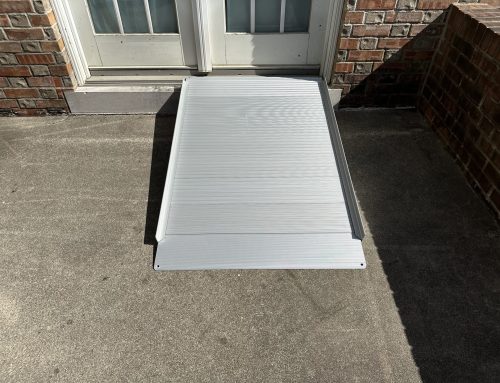With phase 3 of Illinois’ reopening underway, there are several changes as restrictions are loosened, and many businesses are coming back. Seniors and the vulnerable should still use caution because they are more likely to experience medical complications.
Here’s what phase 3 reopening means for you if you live in Illinois:
Gatherings – Any gathering of 10 or fewer people is allowed. The limit may be subject to change depending on current trends.
Education and Child Care – Remote learning is still the requirement for K-12 and higher learning institutions. Limited daycare is available within IDPH approved guidance.
Outdoor Activity – This is still allowed. Exercise outside is still a viable option, and people can gather in groups of 10 or smaller. Social distancing guidelines still need to be adhered to.
Business
Non-Essential Businesses – Non-essential businesses are allowed to reopen, and employees are allowed to return to work with the assistance of Illinois Department of Public Health (IDPH) guidance. Telework is still strongly encouraged wherever possible. Employers are encouraged to provide accommodations for Covid-19 vulnerable employees.
Restaurants and Bars – Delivery, pickup and drive through remain an option. Restaurants are allowed to open outdoor seating within social distance guidelines.
Retail – New capacity limits and IDPH guidelines will be in effect. Retail outlets will need to follow IDPH guidelines, including facemasks.
Healthcare – All healthcare providers can open up with Department of Public Health guidelines.
What Has to Happen to Move From Phase 3 to Phase 4?
Phase 4 would bring with it another loosening in restrictions. The earliest possible date would be June 26. In order to hit that date, these criteria need to be met:
- No higher than a 20 percent positivity rate in testing, and no more than a 10 percent increase over a 14-day period.
- Hospital admissions for Covid-19-like illness must stay stable or decrease for 28 days.
- There must be an available capacity of at least 14 percent of ICU beds, medical and surgical beds, and ventilators.
There must also be an increase in the availability of testing for various symptoms and risk factors. More than 90 percent of all coronavirus cases must be contact traced and monitored as well, for the various regions to move from phase 3 to phase 4.
It’s encouraging that the state’s numbers are heading in the right direction. Again, seniors and the medically vulnerable should use caution in how they personally address the virus. Additional progress will need to be made collectively, to proceed to phase 4, and eventually phase 5.








